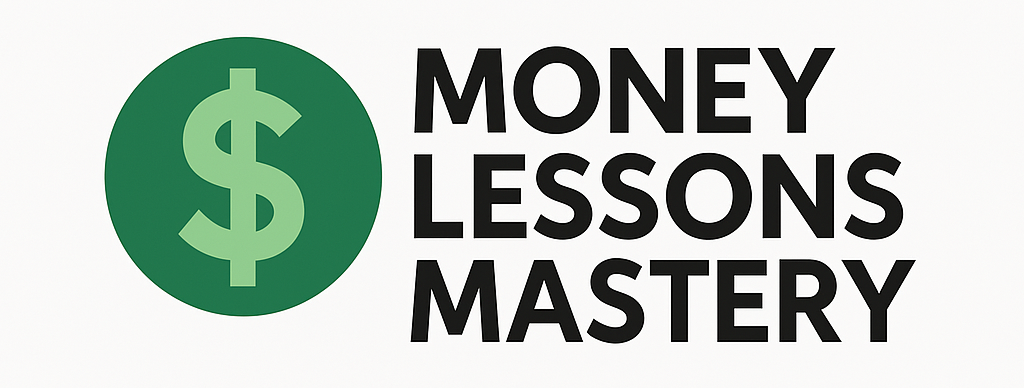Saving money consistently can feel overwhelming, especially when everyday expenses keep adding up. Thankfully, automating your savings is a powerful way to grow your wealth over time without needing to think about it constantly. By putting systems in place, you can stay on track with your financial goals while reducing stress and temptation. Here are some top tips to help you automate your savings effectively.
1. Set Clear Savings Goals
Before you automate your savings, it’s essential to understand what you’re saving for. Whether it’s an emergency fund, a vacation, or a home down payment, having a specific goal will guide how much you need to save and how quickly.
- Short-term goals: These might include holiday gifts, minor home repairs, or a weekend getaway. Typically needed within a year.
- Medium-term goals: Think of things like saving for a car or a wedding, which may be 1–5 years out.
- Long-term goals: Retirement, college savings, and buying a home usually fall into this category.
2. Use Direct Deposit to Your Advantage
If your employer offers direct deposit, you can often split your paycheck into multiple accounts. This is an easy, low-effort way to automate saving without needing to lift a finger each payday.
- Assign a percentage or fixed amount: For example, designate $100 of each paycheck to go directly into a high-yield savings account.
- Keep it out of sight: Sending money to a separate bank account makes it less tempting to dip into your savings.
3. Schedule Automatic Transfers
Most banks and credit unions allow you to automate transfers between checking and savings accounts. Setting this up is simple and only takes a few minutes.
- Choose your timing: Schedule for the day after payday to avoid overdrafts.
- Adjust as needed: Review your budget and increase the amount gradually as your income grows.
4. Take Advantage of Employer Programs
If your employer offers a retirement plan like a 401(k), take full advantage of automatic contributions. Many employers also offer matching, which is essentially free money.
- Contribute at least enough to get the match: If your employer matches 100% of your 401(k) contributions up to 4%, make sure you’re contributing at least that 4%.
- Increase contributions annually: Many plans let you set up auto-escalation—increasing your contribution a little each year.
5. Use Apps and Tools to Boost Micro-Saving
There are several financial apps that can help automate savings without you even noticing. These are great tools for building extra funds with little effort.
- Round-up apps: Apps like Acorns or Chime round up your purchases to the nearest dollar and transfer the change into savings or investments.
- AI savings tools: Platforms like Qapital or Digit analyze your spending habits and transfer small, safe amounts into your savings automatically.
6. Set Reminders to Review and Adjust
While automation reduces the need for constant check-ins, it’s still a good idea to review your strategy periodically. Life changes, and so should your savings plan.
- Set a quarterly calendar reminder: Review your income, goals, and savings allocations every few months.
- Celebrate milestones: Reaching a mini savings goal? Reward yourself responsibly—it can be motivating!
Final Thoughts
Automating your savings is like putting your financial goals on cruise control. With a few smart strategies in place, you’ll build a strong habit of saving without stressing over each dollar. Whether it’s through direct deposits, scheduled transfers, or tech-savvy tools, the key is to make saving as easy and consistent as possible. Start simple, stay committed, and let automation do the heavy lifting for your future self.
